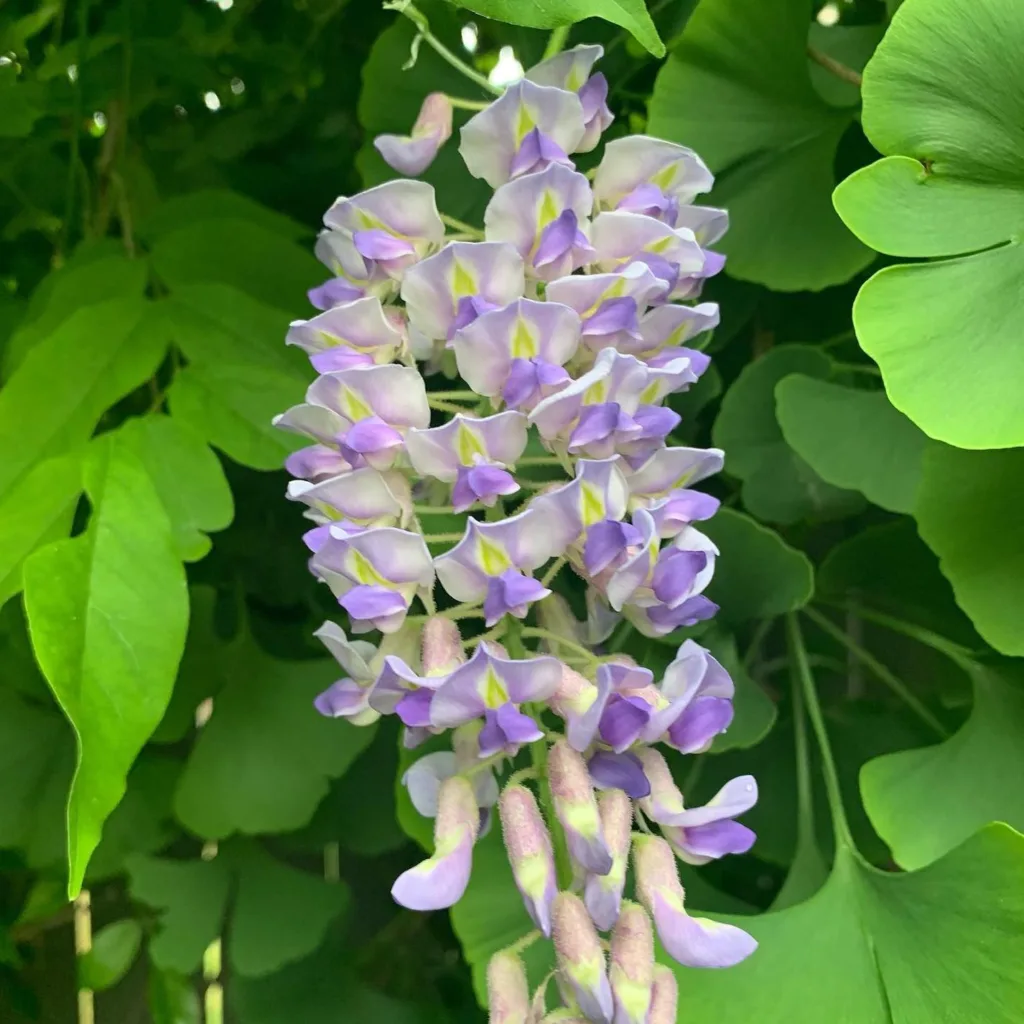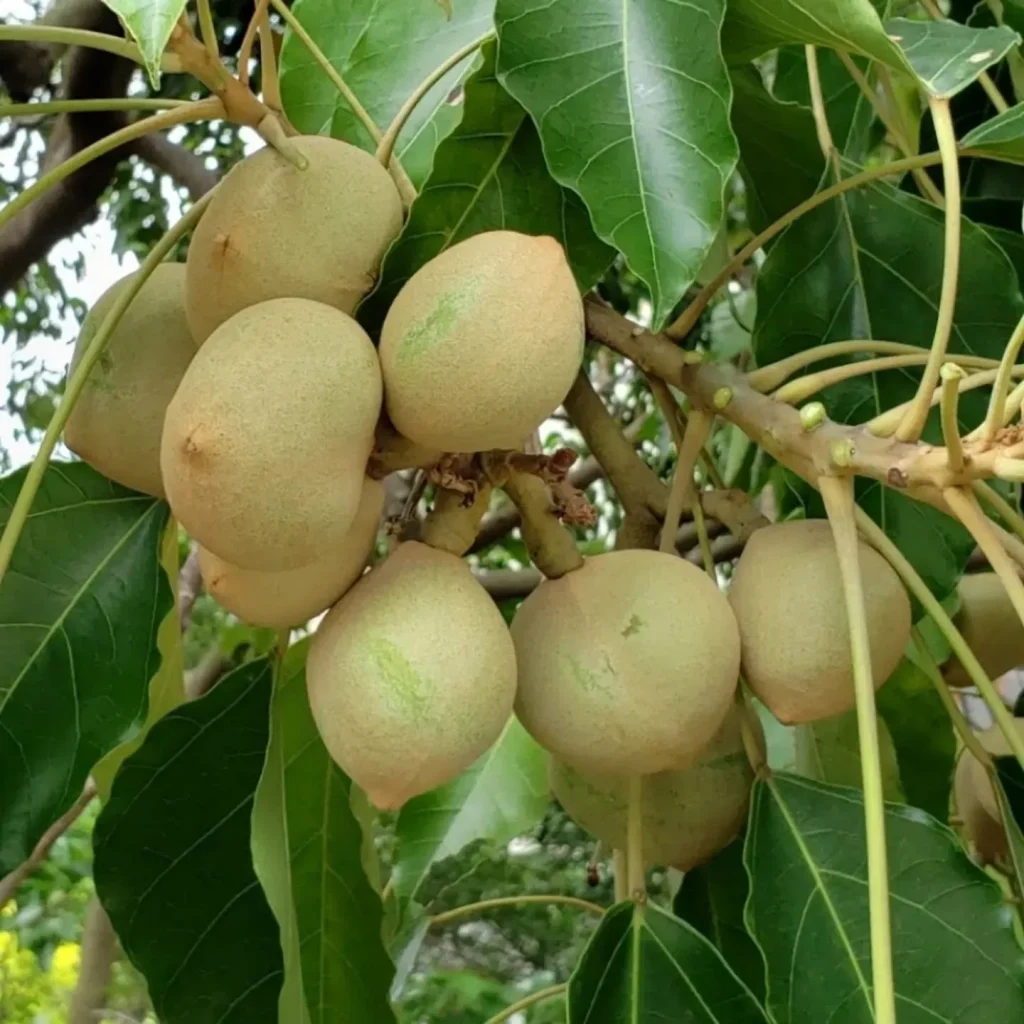
What is Billbergia Nutans?
For years, I’d been drawn to the exotic allure of bromeliads. Their vibrant colors and unique structures seemed to whisper of faraway rainforests. But with my less-than-tropical thumbs, I hesitated. Then, I stumbled upon the Billbergia nutans, also known as Queen’s Tears. This bromeliad, with its captivating looks and surprising resilience, became my gateway to the world of air plants.
The Billbergia nutans isn’t your average houseplant. It’s an epiphyte, meaning in nature it clings to trees rather than rooting in soil. This native of South America boasts slender, arching leaves that form a central vase-like structure. The real showstopper, though, are the flowers. Drooping from the center, they resemble tiny teardrops, often adorned with colorful bracts in shades of pink, purple, or red. The name “Queen’s Tears” perfectly captures their delicate beauty.
63 Species in Genus Billbergia
How to Grow Billbergia nutans?
The best part about Queen’s Tears? They’re surprisingly easy to cultivate, even for beginners like myself. Here’s what I learned:
Light: Billbergia nutans thrives in bright, indirect sunlight. A spot near an east-facing window is ideal. Avoid harsh afternoon sun, which can scorch the leaves.
Water: Unlike traditional houseplants, Queen’s Tears don’t need constant soil moisture. Instead, fill the central cup (called a tank) at the base of the plant with rainwater or filtered water. Let it drain completely before refilling. Watering the soil occasionally is fine, but avoid soggy conditions.
Humidity: Mimicking its rainforest origins, Billbergia nutans appreciates moderate humidity. Grouping plants together or placing them on a pebble tray filled with water can help. If your home gets particularly dry, occasional misting is beneficial.
Temperature: These bromeliads prefer warm temperatures, ideally between 65°F and 80°F (18°C – 27°C). They’re not fans of sudden drops, so keep them away from cold drafts.
Fertilizer: A light feeding every few months during the growing season with a diluted bromeliad fertilizer is sufficient. Avoid over-fertilizing, which can damage the roots.
Will Billbergia nutans Grow in Zone 8?
While Billbergia nutans thrives indoors year-round, some wonder if it can handle life outdoors. The answer depends on your climate zone. Billbergia nutans is considered cold-hardy down to around 25°F (-4°C). So, if you live in a zone with mild winters like zone 8, you can experiment with growing it outdoors in a sheltered location during the warmer months. Just bring it back inside before the first frost.
How to care for Billbergia nutans?
With proper care, your Billbergia nutans can reward you with stunning blooms for years. Here are some additional tips:
- Repotting: These bromeliads are slow growers and don’t need repotting frequently. Only repot when the plant outgrows its container or the potting medium degrades. Use a well-draining, orchid-specific potting mix.
- Propagation: Billbergia nutans reproduces through pups, small offshoots that emerge at the base of the mother plant. Once the pups reach about a third of the size of the parent, you can carefully separate them with a sharp knife and pot them individually.
- Common Problems: Watch out for mealybugs, which appear as cottony white masses on the leaves. Treat them with insecticidal soap or neem oil. Brown leaves can indicate underwatering or excessive sunlight.
A Touch of the Tropics Indoors
Billbergia nutans isn’t just a beautiful houseplant; it’s a conversation starter. The unique structure and the legend behind the “Queen’s Tears” name spark curiosity in everyone who sees it. Plus, the ease of care makes it perfect for busy plant parents or those new to the hobby. So, if you’re looking to add a touch of the tropics to your home, consider welcoming a Billbergia nutans into your life. You might just be surprised by how easy it is to cultivate a bit of royal elegance on your windowsill.
If i die, water my plants!



